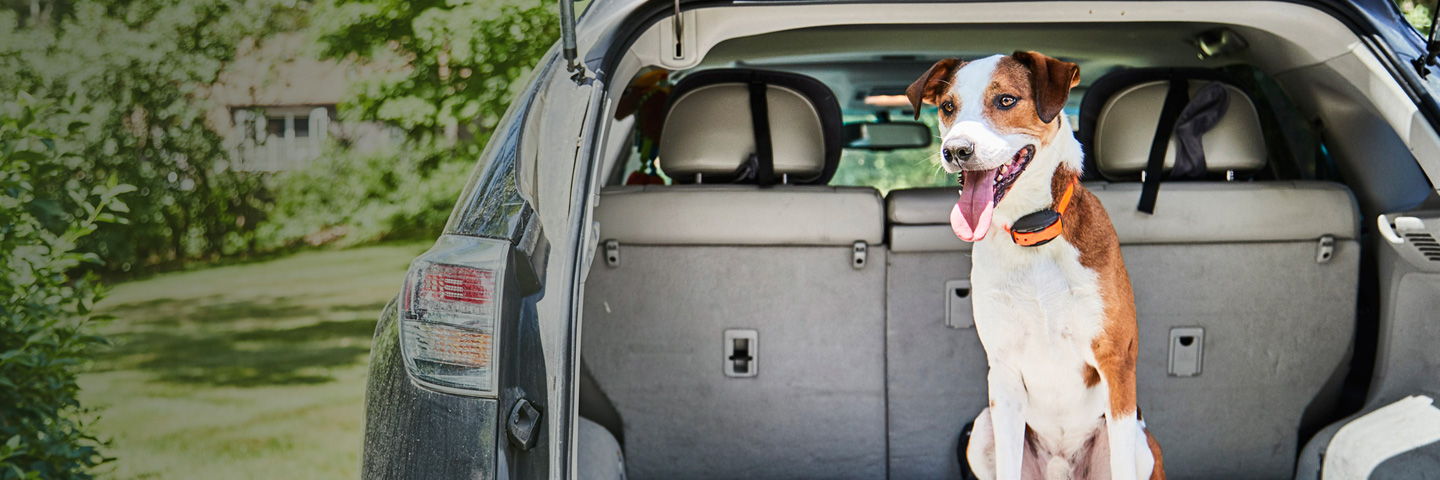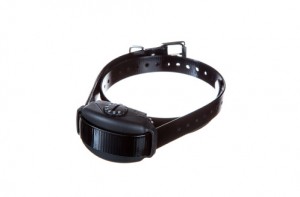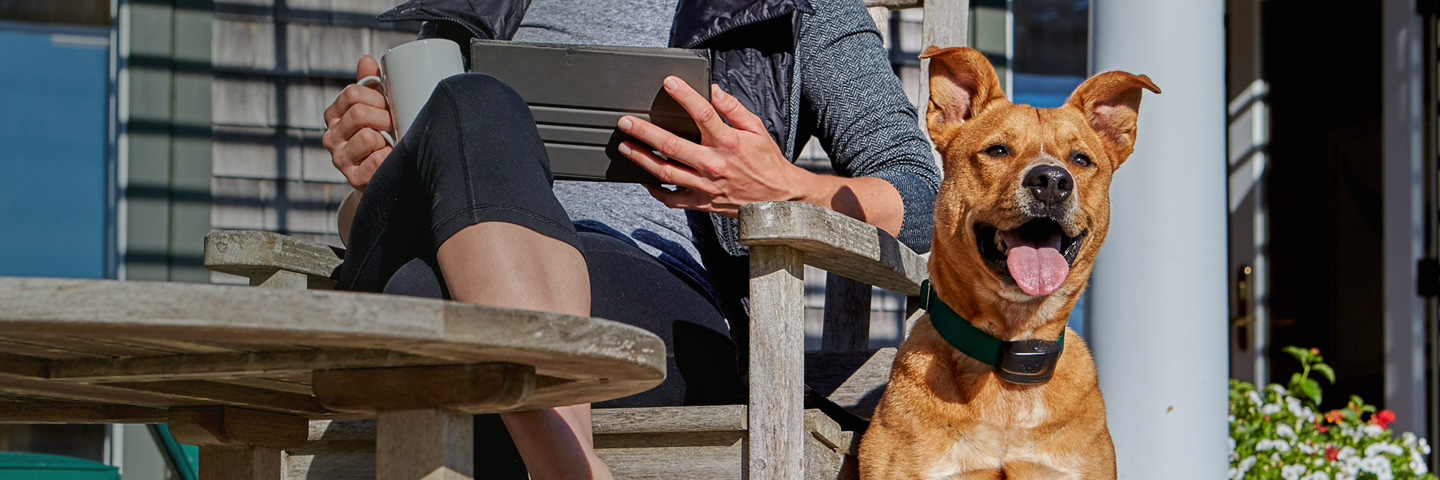Thanksgiving: What You Need to Know About How It Relates to Your Pet
Thanksgiving is just two weeks away. Can you believe we are so close to the end of 2019? Where did this year go? As we are entering possibly the busiest season for most people, I want to leave you with a few reminders to make sure you keep your pets safe this Thanksgiving.
Picture this: you’re gathered around the table with all of your favorite family members—and maybe some you could have stood to go another year without seeing—whatever your situation may be, and your sweet fur baby sticks his or her head on the table and shamelessly stares at the turkey, dressing, sweet potato casserole – the list goes on and on. What can he or she safely eat and what do you need to make sure is out of reach?
What are the no-nos of thanksgiving foods for my pet?
You need to avoid bread dough or dessert mixes, especially if they contain raw eggs due to the risk of salmonella. It’s best to avoid dessert altogether since many desserts contain things that are poisonous to pets, such as grapes, raisins, and chocolate. Also, artificial sweeteners such as xylitol can be toxic to pets. For the full list of foods to avoid for your pets, click here.
What’s Safe?
There’s no need for your pet to miss out on the feast you get to enjoy. You just want to make sure you’re giving them food that’s prepared for their system to be able to handle. Turkey is probably the safest bet BUT only in small amounts. You also want to make sure the pieces you’re giving your pet are free of bones and skin. The skin on turkey is very fattening and can cause pancreatitis in pets, and bones present a choking risk. Consider pulling some plain sweet potatoes out before making your famous sweet potato casserole or plain mashed potatoes before adding butter, milk, and whatever else you add to make them the way you like them.
Other Concerns
There are other concerns for any pet surrounding the holidays. Some decorations and plants can be toxic to both cats and dogs. The ASPCA offers lists of plants that are toxic to both dogs and cats, but the safest route is simply to keep your pets away from all plants and table decorations.
Remember to keep a close eye on your pets while guests are at your home. Many pets can easily slip out of an opened door unnoticed. – And while we are on that, make sure your pets have identification tags or they’re microchipped. And make sure your yard is properly secured, ideally, with a DogWatch Hidden Fence. —You also want to make sure your guests understand not to feed your animals table scraps. Don’t allow anyone other than yourself to give them what you choose and deem is appropriate for their system.
If you do find yourself in an emergency this thanksgiving (or anytime for that matter), you can call the ASPCA Poison Control Hotline at 888-426-4435. There are also multiple pet emergency facilities for days just like this. You can find the one closest to you by searching online for “24/7 pet emergency”.
Remember, your pets can enjoy the holidays just as you can. By following a few simple steps and taking the time to prepare yourself and your home for the festivities, you can ensure that you and your furbaby are able to enjoy the day with everyone else.
Sources:
https://www.avma.org/public/PetCare/Pages/thanksgiving-pet-safety.aspx
https://www.aspca.org/pet-care/general-pet-care/thanksgiving-safety-tips



